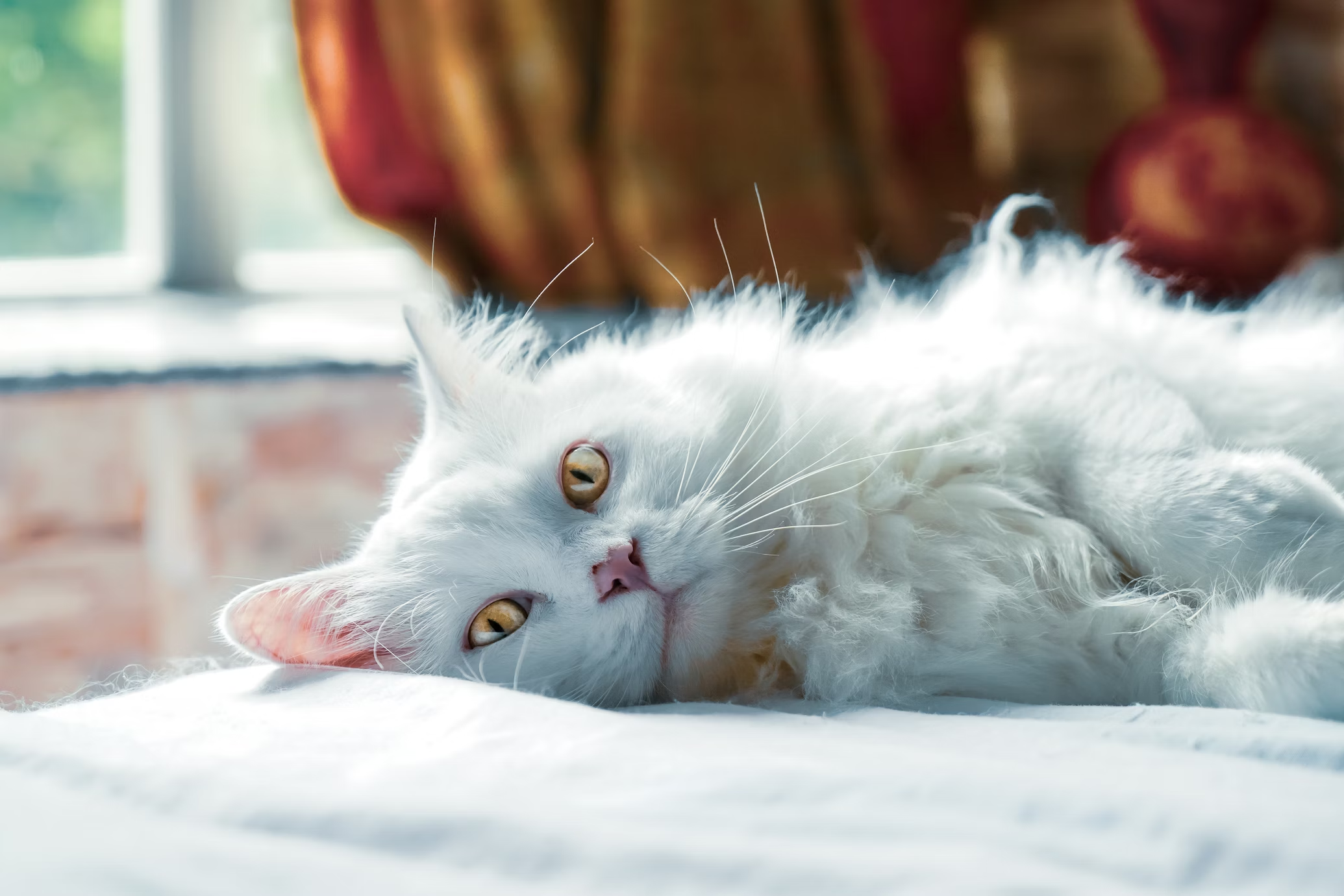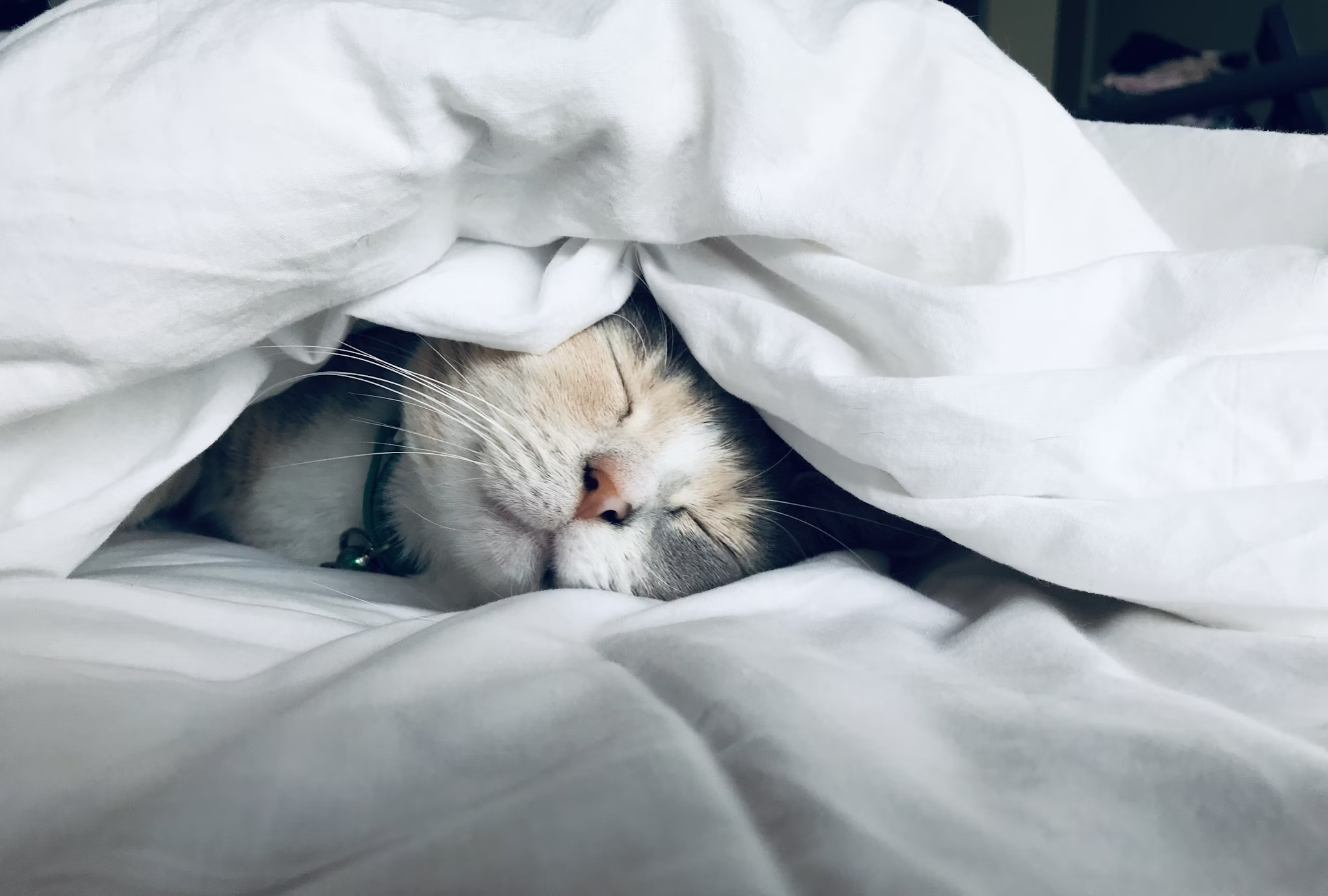
Cats are often seen as independent and self-sufficient pets, but they can still experience a wide range of health issues that require attention. Understanding the warning signs that your cat is crying for help can make a significant difference in their quality of life. In this comprehensive guide, we will explore various behaviors and symptoms that indicate your cat might be in distress, backed by statistics, expert opinions, and helpful resources.
1. Persistent Vocalization
Excessive Meowing
While some cats are naturally more vocal than others, a sudden increase in meowing or crying can indicate pain, discomfort, or distress.
- Pain or Illness: Cats in pain may vocalize more than usual. This can be due to conditions like arthritis, dental problems, or internal injuries. A study published in the National Library of Medicine found that changes in behavior of cats in chronic pain are subtle and slow, and may only be evident in the home environment.
- Cognitive Dysfunction: Senior cats may develop cognitive dysfunction syndrome (CDS), leading to confusion and excessive meowing, especially at night. According to the American Association of Feline Practitioners, CDS affects more than 50% of cats over 15 years old.
What to Do
If your cat starts meowing more than usual, observe other symptoms and consult your veterinarian to rule out pain or illness.
2. Changes in Appetite and Thirst
Increased or Decreased Appetite
Changes in your cat’s eating habits can be a sign of various health issues.
- Hyperthyroidism: An increased appetite may indicate hyperthyroidism, especially in older cats. According to Cornell University College of Veterinary Medicine, hyperthyroidism is the enlargement of thyroid glands caused by a non-cancerous tumor called an adenoma.
- Dental Issues: Dental pain can cause a decrease in appetite. Colorado State University states that 70% of cats show signs of dental disease by age three.
Increased Thirst
Increased water consumption can be a sign of diabetes or kidney disease. A study published in the National Library of Medicine finds out that chronic kidney disease affects 1 in 3 cats over the age of 15.
What to Do
Monitor your cat’s eating and drinking habits. If you notice significant changes, consult your vet for a thorough examination and appropriate tests.
3. Behavioral Changes
Hiding or Aggression
Cats often hide or become aggressive when they are in pain or stressed.
- Stress and Anxiety: Changes in the household, such as moving or the arrival of a new pet, can cause stress, leading to hiding or aggressive behavior. The American Society for the Prevention of Cruelty to Animals (ASPCA) states that environmental changes are a common cause of feline stress.
- Pain: Conditions like arthritis or injuries can cause cats to hide or become aggressive to avoid being touched.
What to Do
Provide a safe and quiet environment for your cat. If the behavior persists, seek veterinary advice to rule out medical issues and consider consulting a feline behaviorist.
4. Litter Box Issues
Urinating Outside the Litter Box
This behavior often indicates a medical or stress-related issue.
- Urinary Tract Infections (UTIs): UTIs can cause pain during urination, leading cats to associate the litter box with discomfort. According to VCA Animal Hospitals, UTIs are common in cats, especially older ones.
- Bladder Stones or Crystals: These conditions can also cause urination outside the litter box. The American Veterinary Medical Association (AVMA) reports that these issues are frequent in cats with poor diets.
What to Do
If your cat starts urinating outside the litter box, have them checked by a vet to rule out infections, bladder stones, or other medical issues.
5. Changes in Grooming Habits
Over-Grooming or Lack of Grooming
Changes in grooming behavior can indicate various health issues.
- Allergies or Parasites: Over-grooming can be a sign of allergies, flea infestations, or skin conditions. The AVMA states that allergies are a leading cause of dermatological issues in cats.
- Pain or Obesity: A cat that stops grooming may be suffering from pain (such as arthritis) or obesity, making it difficult to groom properly.
What to Do
Regularly check your cat’s coat and skin for signs of over-grooming or neglect. If you notice significant changes, consult your vet to identify the underlying cause.
6. Weight Changes
Sudden Weight Loss or Gain
Unexplained changes in weight are often a sign of underlying health issues.
- Diabetes: Weight gain, combined with increased thirst, can indicate diabetes. The American Diabetes Association estimates that diabetes affects up to 2% of cats.
- Cancer: Sudden weight loss can be a sign of cancer or other severe illnesses.
What to Do
Regularly monitor your cat’s weight and body condition. Any sudden or unexplained changes should be discussed with your veterinarian.
7. Respiratory Issues
Coughing, Sneezing, or Difficulty Breathing
Respiratory problems are serious and require immediate attention as a one of the warning signs your cat is crying for help.
- Asthma: Cats can suffer from asthma, leading to coughing and difficulty breathing. According to the Cornell University College of Veterinary Medicine, feline asthma affects up to 5% of cats.
- Upper Respiratory Infections: Sneezing and nasal discharge can indicate an upper respiratory infection, common in cats from shelters or multi-cat households.
What to Do
If your cat shows signs of respiratory distress, seek veterinary care immediately. Respiratory issues can quickly become life-threatening.
Conclusion
Understanding the warning signs that your cat is crying for help is crucial for ensuring their health and well-being. Regular veterinary check-ups, combined with attentive observation of your cat’s behavior, can help catch problems early and improve their quality of life. If you notice any of the signs mentioned above, don’t hesitate to seek professional advice. Early detection and treatment of health issues can make a significant difference.
For further reading and resources, check out the following:
- Cornell University College of Veterinary Medicine
- American Veterinary Medical Association (AVMA)
- VCA Animal Hospitals
- American Society for the Prevention of Cruelty to Animals (ASPCA)
By staying informed and proactive, you can ensure your feline friend enjoys a long, healthy, and happy life.
References
- Cornell University College of Veterinary Medicine. Feline Asthma.
- American Veterinary Medical Association (AVMA). Feline Lower Urinary Tract Disease (FLUTD).
- International Renal Interest Society (IRIS). Understanding the IRIS CKD guidelines.
- American Association of Feline Practitioners. Essential Felines Diabetes Management.
































